There's a universal industry truth we marketers don't often admit in public:
You never really know if a marketing idea will fly with consumers until you roll it out at retail.
The most intelligent and methodical consumer research (or Magic 8 ball) in the world can't definitively predict consumer behavior within the retail or e-tail environments. The lion you see on safari acts much differently than the one in the zoo. We never really know what will happen until the consumer is engaged in the actual purchase environment. Smart marketing is a combination of experience, art, science (research/planning), courage and intuition.
Imagine the following question was posed to a group of carefully selected consumers (chosen my household income, gender, demographics, etc.) in an off-site focus group environment:
"If a restaurant charged you $1 for any drink regardless of what size you ordered, would you find that appealing?"
Depending on the "mood mindset" of the group, the discussion could go either way. There's a betting man's chance that negative responses from the focus group's Alpha Dog (a person who attempts to take a leadership role among his/her peers) and others following his lead might disembowel the strategy well before it saw the inside of a store.
"What if I don't want the biggest size? Why shouldn't I pay less than $1? Does this mean if I get the smaller size anyway, I'll be paying for other people's drinks?"
"You're simply encouraging obesity in America. You should be ashamed of yourselves!"
"If you can afford to charge $1 for the largest size, you must be making a lot of money on us already. Why don't you sell all of the sizes for 50 cents instead?"
Or maybe we'd find the polar opposite -- a love fest of 12 people who are absolutely enamored with the notion.
Countless smart ideas devoid of any obvious downside have met their untimely demise in the land of consumer testing, and a plethora of average (and more than a few bad) concepts have become retail realities. It's certainly plausible to think that an "any size, one price" strategy might never have made it out of focus group testing. But it did, and similar tactical executions are popping up in a host of different categories.
Even the most successful and creative idea marketers in the industry must weigh every conceivable quantifiable scenario before they take a calculated leap of faith. Will the consumer be motivated by the offer, or feel taken advantage of? Will the pizza chain running an "Any size, any topping for $10" deal make its margins because of increased volume, even if every consumer order the large deep dish with the works? Will consumers who are motivated to act because of the offer still order their "usual" out of habit and/or preference? What are the best and worst and baseline emotional, operational and financial scenarios?
In the world of Quick-Service Restaurants (QSRs), fountain beverage has one of the largest profit margins on the menu. If it costs ten cents to make the largest cup and fill it, selling it for $1 is still puts money in the bank. Retailers can also count on an element of "slippage" -- the term used to describe missed redemption. In the case of the $1 'any size' promotion, slippage might refer to consumers who are driven to the store by the idea of the offer, but still order (and pay $1 for) a smaller size. In a way, this is equivalent to the person who chooses a restaurant for its "All you can eat!" buffet, but orders a dinner from the menu instead. ( It's also important to note that we're social beings, preferring to eat with co-workers, friends and family rather than alone. Motivate one person, and you might get a group.)
Marketers must consider what role a value offer (i.e., the $1 beverage) plays in the consumer's overall purchase reality. How many consumers do/will visit the QSR simply for a super-sized $1 beverage? Probably not many. This means the restaurant has the opportunity to drive traffic with a promotion (Any size for $1) while increasing the sales of other menu items. If the perceived drink offer value resonates with the majority of consumers, the strategy has the potential to pay off significantly. If it backfires or simply runs out of steam, however, Plan B (whatever that may be) will have to take its place.
Over time, promotional messages risk becoming accepted rather than motivating to the consumer. The traffic and sales spikes that were seen at the promotion's onset fade, and the marketer must look for new ways to engage consumers. The inherent danger lies in a price driven "limited time" offering that outstays its welcome and becomes expected by consumers. If you push a price-driven "99 cent Big Mac", for example, will you be able to charge more for it in the future?
A host of issues and scenarios must be considered when deciding upon the fate of even the most basic of marketing strategies. Successful marketers have unique ability to look at an idea, analyze the data, know when it's time to take an educated leap and JUMP.
Sarah O'Leary is the lead creative/owner of Methods & Madness, a boutique agency based in Marina del Rey, CA. She is a sought after public speaker, and the author of "Brandwashed: Why the Shopper is More Important Than What You're Selling."